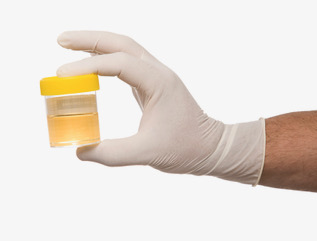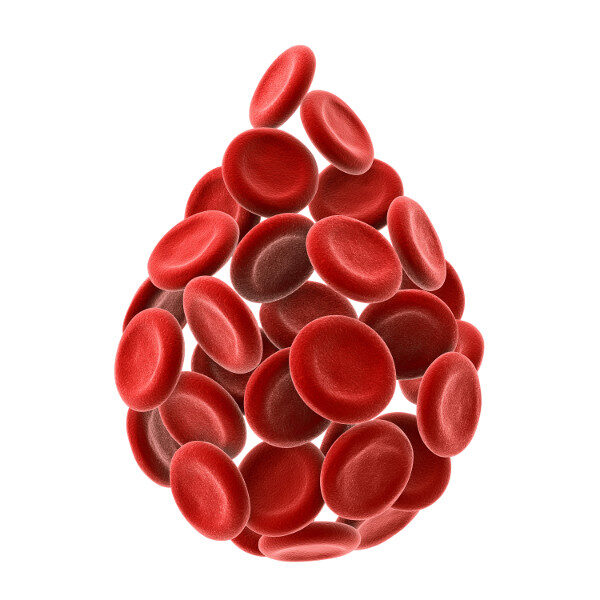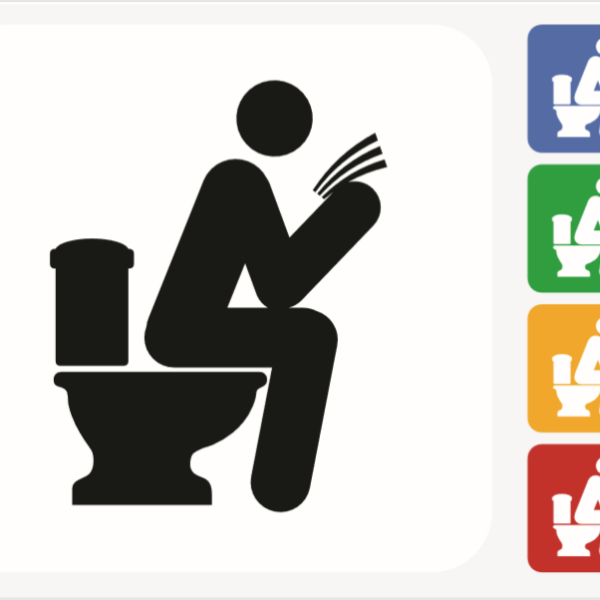The OMX combined with the GI-MAP
The OMX combined with the GI-MAP measures opportunistic organisms, normal flora, fungi, parasites, and antibiotic resistance genes as well as immunologic markers for gut health and function including SIgA, Elastase, Calprotectin and Anti-gliadin and testing. Chronic gastrointestinal symptoms, intestinal permeability, hormonal imbalance, and food sensitivities may trace their origins to imbalanced gut microbes as a root cause.
Gut Joint Connection
Arthritis and the Gut – research is showing a strong link between arthritis and the microbial content of the gut in those that suffer from this debilitating disease process.
Gut-Brain Connection
Depression and the Gut
Depression and the Gut – we now know that there is a strong correlation between depression and the gut microbiome. The deeper we look, the more we reaffirm the fact that the health of the gut microbiota is essential to human health and wellbeing. The brain talks to the gut and the gut talks to the brain. It is no longer a news flash that the microbiota in the gut participates in the bidirectional communication between the gut and the brain.
The Immune System and the Gut
Since the immune system, the intestinal barrier, and microbial diversity are intimately interwoven, a thorough understanding of our gut microbiome holds promise for new approaches to treat and prevent disease.
GI-MAP™ What Makes this test Different
Automated, multiplex DNA (PCR) analysis method, allowing for the simultaneous measurement of multiple bacteria, fungi, parasites, and viruses (more info below)
Single stool sample
Using DNA sequencing allows for superior sensitivity and specificity in the detection of 15 of the most common causes of gastroenteritis, as well as other chronic diseases
Intestinal health markers allow for a comprehensive analysis of your gut microbiome, together with markers of inflammation, mucosal immune system, and digestion
GI Map & Complete List of Target Analytes
Bacterial Pathogens:
Campylobacter
C. diff Toxin A & B
E. coli o157
Enterotoxigenic E. coli LT & ST (ETEC)
Shiga-like Toxin-producing E. coli stx1 & stx2 (STEC)
Salmonella
Shigella
Vibrio cholera
Yersinia enterocolitica
Viral Pathogens:
Adenovirus 40 & 41
Norovirus GI & GII
Rotavirus A**
Parasitic pathogens
Cryptosporidium
Entamoeba histolytica
Giardia
Additional targets
Bacteria:
Helicobacter pylori and virulence factors, cagA and vacA
Enterococcus
Lactobacillus
Bifidobacter
Bacteroides spp.
Bacteroides fragilis grp
E. coli (total)
Multiplex PCR makes it possible to simultaneously detect many different organisms in one sample. The automated nature of this method minimizes the chance for human error; indeed, this is the only FDA-cleared DNA test for gastrointestinal microbes and pathogens available.
Multiplex polymerase chain reaction (PCR) means that many genes are amplified at the same time, as though many separate PCR reactions were happening at once. This technique makes it possible to simultaneously detect many different organisms in one sample. Multiple primers and probes for each organism allow for enhanced sensitivity and specificity. The method measures the 16S or 23S ribosomal RNA (rRNA) regions, virulence factors, and viral targets for microbial detection.
Other stool tests on the market primarily rely on a bacterial culture of the stool specimen. A limitation of this method is that only the organisms that grow can be identified, meaning anaerobic organisms and parasites that do not grow under routine culture conditions cannot be identified. This is particularly prevalent with anaerobes like Lactobacillus. Often results of ‘NG’ or ‘0+’ are reported, but it obviously does not mean it is not present, just simply that it would not grow in the lab, which is also seen with many yeasts and fungi.



